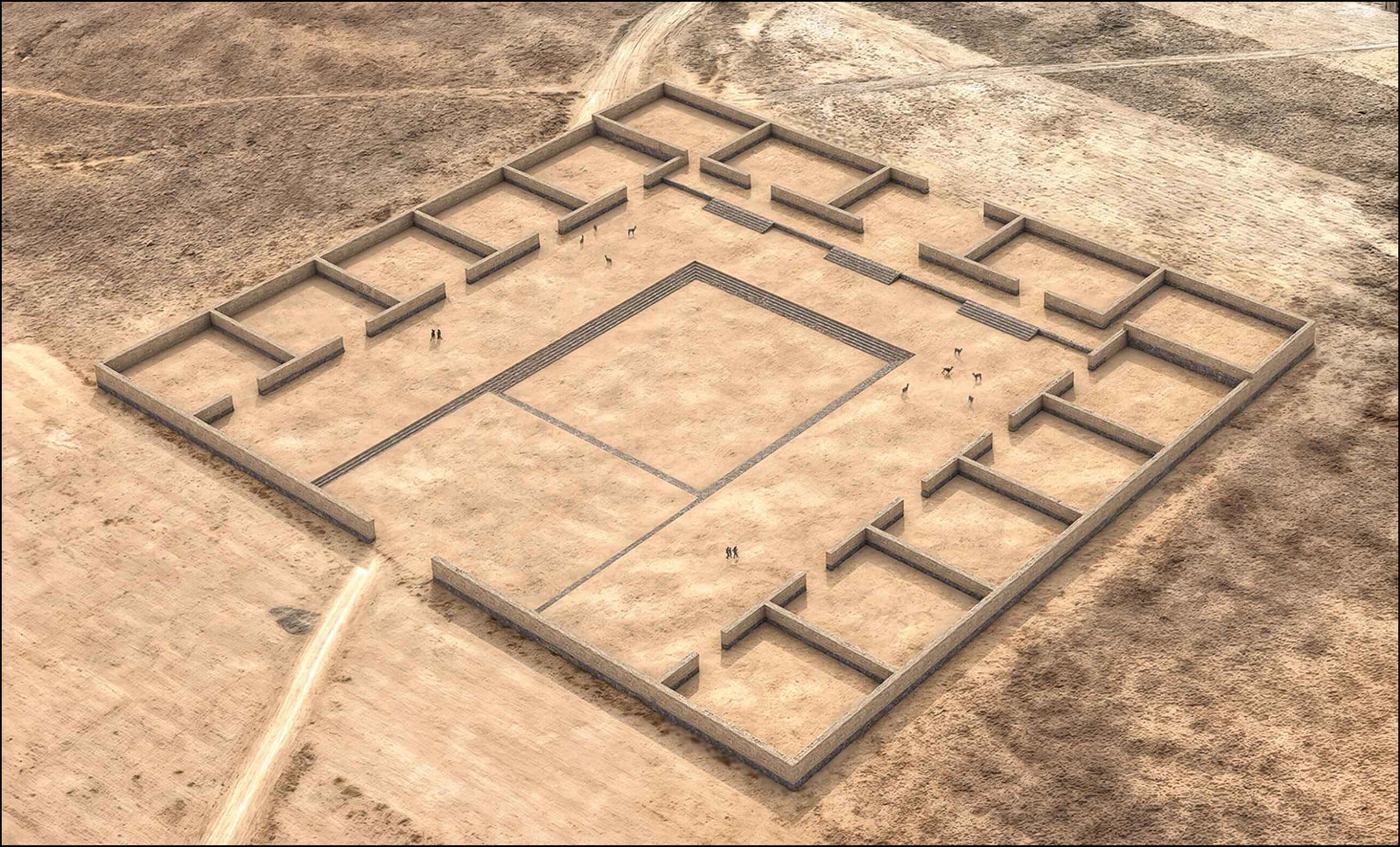

A team of archaeologists has uncovered a lost temple from the Tiwanaku civilization in the highlands of Bolivia, offering new insight into the ancient state’s expansion into the eastern Andes.
The discovery of this monumental religious complex, known as Palaspata, reveals direct evidence of Tiwanaku’s presence in a region previously thought to be only lightly influenced by the civilization.
The research, led by José M. Capriles of the Department of Anthropology at Pennsylvania State University, was published in the journal Antiquity. The findings point to a sophisticated and intentional effort by Tiwanaku to control movement and trade between the highlands and the fertile valleys of Cochabamba.
Located about 215 kilometers (134 miles) southeast of the city of Tiwanaku, the newly identified temple sits atop a ridge near the modern towns of Cayhuasi and Ocotavi. The area was previously known to contain archaeological remains, but its scale and significance had gone unrecognized until recent excavations.
The temple complex measures roughly 125 by 145 meters (410 by 475 feet) and features a series of 15 modular enclosures built around a central courtyard. Its structure strongly resembles known Tiwanaku ceremonial centers, such as Kalasasaya and Omo M10 in southern Peru. The main entrance faces west, aligned with the solar equinox—an orientation typical of Tiwanaku architecture.
Archaeologists believe this site functioned as more than a religious center. The location and layout suggest it operated as a “gateway node,” overseeing the exchange of goods and movement of people between contrasting ecological zones. The Tiwanaku state likely used sites like Palaspata to project power and facilitate long-distance trade.
Excavations at a nearby settlement, Ocotavi 1, revealed layers of continuous occupation. Burial sites uncovered there included three adults interred with high-quality ceramics, copper traces, and decorated bowls in the Classic Tiwanaku style.

Many of the artifacts recovered—such as ceremonial vessels, obsidian tools, and sodalite beads—suggest connections stretching from the Andean highlands to the Atacama Desert and the Pacific coast.
The radiocarbon dates from Ocotavi 1 indicate that the area saw its most active period of use between AD 630 and 950. This aligns with Tiwanaku’s peak influence across the south-central Andes.
Surface surveys around the ridge also revealed that the temple’s construction involved careful planning and large-scale labor investment. Walls lined with carved red sandstone and polished quartzite boulders hint at the architectural ambition of its builders. However, centuries of erosion and stone removal for farming and building have damaged parts of the site.
Still, the dense concentrations of decorated ceramics and camelid bones inside the temple enclosures suggest sustained ritual and domestic use. Some outer areas also contain funerary structures and tombs, pointing to the site’s continued relevance after the collapse of Tiwanaku’s central authority.
The temple’s discovery is particularly important because such terraced platform temples are rare outside the Lake Titicaca basin. It shows that Tiwanaku’s expansion was not limited to indirect influence through local elites. Instead, it demonstrates state-level investment in building infrastructure to control and integrate distant regions.
Researchers argue that Palaspata may have played a similar role to later Inka administrative centers, serving both spiritual and logistical functions. Its location near ancient trade routes highlights the importance of geography in the political strategies of highland empires.
The findings help fill a major gap in understanding how Tiwanaku extended its reach beyond its core territory. Ongoing excavations are expected to offer more data on the site’s construction and use, as well as how it fits into broader regional networks.
Capriles and his team suggest that Palaspata stands as a clear example of how the Tiwanaku state used ceremonial architecture to formalize control, foster exchange, and shape cultural landscapes beyond Lake Titicaca.
